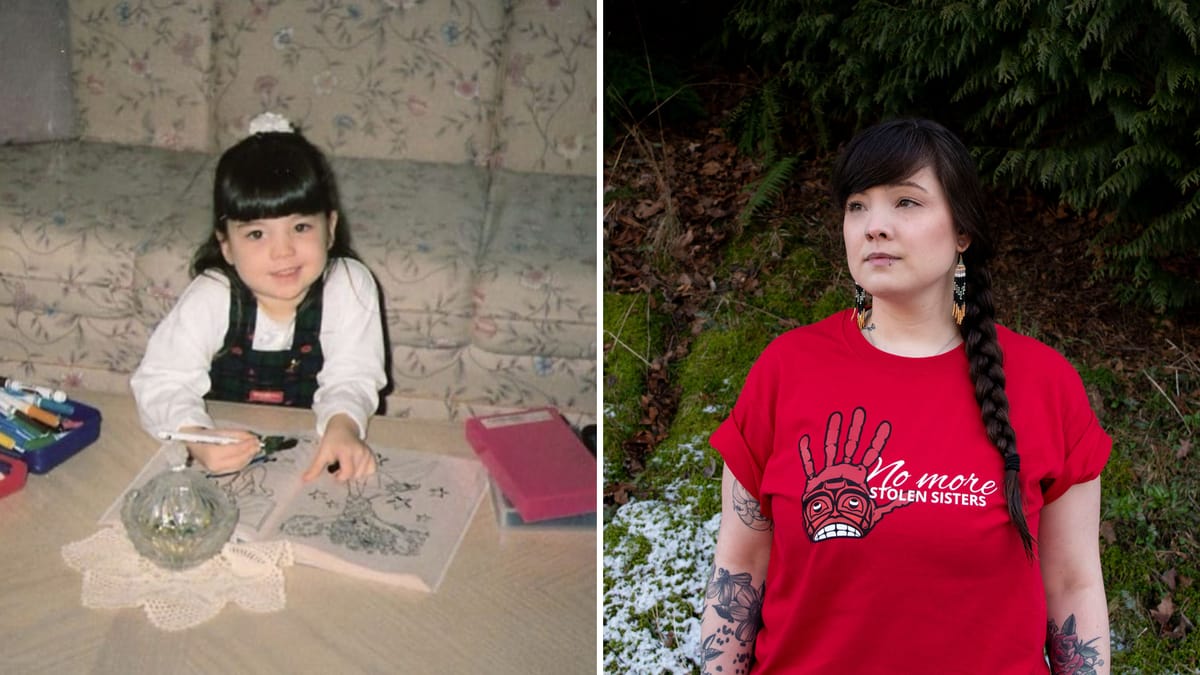- Fraser Valley Current
- Posts
- An artist goes back to school
An artist goes back to school
Chantelle Trainor-Matties’ work has been featured across BC.

Chantelle Trainor-Matties entered the colouring contest without thinking she would win.
The contest asked students to colour a Jeep on a piece of paper. The winners would get a ride in an actual Jeep in the parking lot of John MacLure Community School. It was 1997, and six-year-old Trainor-Matties loved art.
She expressed herself through art, so when she received her colouring sheet, she let her imagination run rampant. She coloured in the wheels, windows, and door frames, wondering whether her design would captivate the attention of the judges.
Years later, remembering the day she rode around the parking lot in that Jeep with other contest winners, she wishes she kept that colouring sheet. Because little did Trainor-Matties know, she would return to John MacLure and inspire another generation of students, while also paying homage to her Indigenous heritage.
Subscribe to Premium to read the rest.
Become a paying subscriber of Premium to get access to this post and other subscriber-only content.
Already a paying subscriber? Sign In.
A subscription gets you:
- • ♥️ Pride in supporting independent, local journalism
- • 🔓 Full access to every story we publish and every newsletter we send
- • 🎁 Local events, restaurants, discounts and perks
- • 💌 Weekend roundup newsletter
- • 🔑 Exclusive content
- • 🗓 VIP access at future events
- • 🎉 Special shoutouts from Tyler, Joti, and Grace
Reply